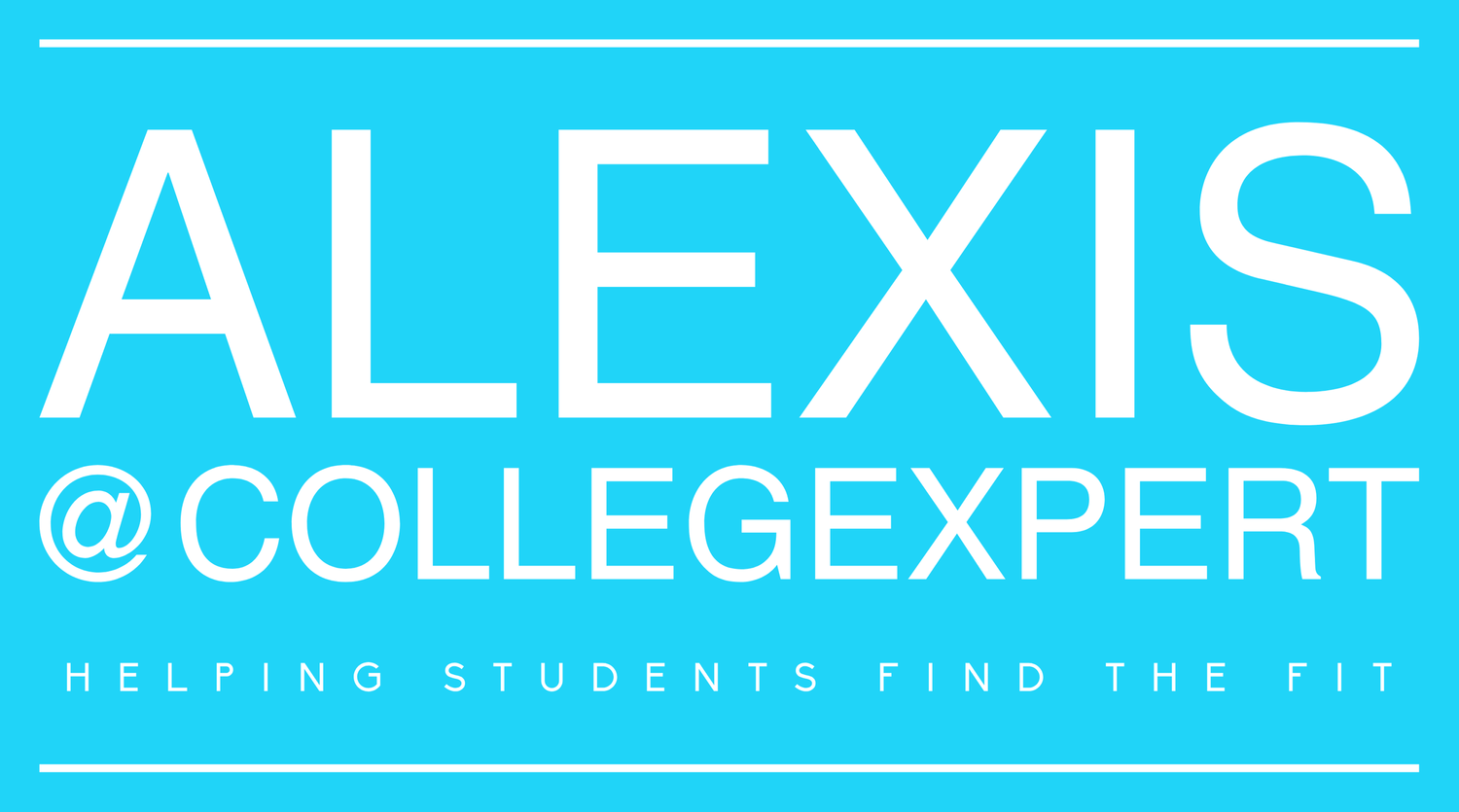What Is Rolling Acceptance?
Have you ever felt confused about the concept of "rolling acceptance" in the context of college admissions? Many students are unaware of this unique process and its potential advantages. Rolling acceptance operates as an ongoing opportunity for applicants to submit their materials within a specified timeframe. However, the lack of awareness about how it works and its potential benefits might be holding students back. In this article, we'll uncover the details of rolling acceptance and shed light on how understanding and leveraging this approach can be advantageous in your college journey.
Key Takeaways
Rolling acceptance offers a longer application window and quicker decision-making process.
It allows applicants to apply to multiple schools and compare offers before making a final decision.
Rolling acceptance is particularly helpful for popular schools with competitive admissions processes.
While there are advantages to rolling acceptance, such as increased chances of acceptance and reduced stress during senior year, there are also disadvantages, such as limited availability for late applicants and difficulty in comparing financial aid packages.
Understanding Rolling Acceptance
Rolling acceptance offers several benefits for applicants. One advantage is that it allows for a longer application window, giving you more time to prepare and submit your materials. Additionally, you can expect to receive a decision within a few weeks, which can help alleviate the stress and uncertainty of waiting for a response. Another advantage is that rolling acceptance allows you to apply to multiple schools and receive decisions from each one before making a final decision. This can be particularly helpful if you're considering popular schools with competitive admissions processes.
Despite its benefits, rolling acceptance does have some disadvantages to consider. One disadvantage is that spaces in the incoming class can fill up quickly, so it's important to submit your application as early as possible to increase your chances of acceptance. Another disadvantage is that rolling acceptance may require you to make a decision on your enrollment earlier than other application types. This can make it difficult to compare financial aid packages or visit multiple schools before making your final decision.
To maximize your chances of success with rolling acceptance, there are a few application strategies and preparation tips you should keep in mind. First, start preparing your application materials early and give yourself plenty of time to gather all the necessary documents. Second, make sure to carefully review each school's admissions requirements and deadlines to ensure you're submitting everything correctly and on time. Finally, consider reaching out to current students or alumni at the schools you're interested in to gain insight into the application process and get a better understanding of the school's culture and community.
Pros and Cons of Rolling Acceptance
Rolling acceptance offers both advantages and disadvantages to applicants, allowing for a longer application window and quicker decision-making, but also potentially filling up spaces quickly and requiring earlier enrollment decisions.
On the positive side, applying early in the rolling admissions cycle increases your chances of acceptance. By submitting your application early, you have a better chance of securing a spot before the competition becomes more intense.
Another advantage is the ability to stagger your college applications and prioritize your top choices. With rolling acceptance, you can submit applications to multiple schools and make informed decisions based on the acceptance offers you receive. This can help alleviate stress during your senior year as you receive admission decisions earlier than regular decision applicants.
Additionally, the longer application window gives you more time to finish up your applications in the winter and spring, allowing you to submit your best work.
However, rolling acceptance does have some drawbacks. As spots can fill up quickly, there may be limited availability for late applicants. Additionally, some rolling admission schools have priority deadlines, which means that applying later may put you at a disadvantage.
Furthermore, the limited flexibility in choosing when to submit applications requires careful planning and adherence to application timelines.
How Rolling Acceptance Differs From Regular Decision
When comparing rolling acceptance to regular decision, there are several key differences to consider. Here is a breakdown of how rolling acceptance differs from regular decision:
Flexibility in submission: Rolling admission offers a wider timeframe for application submission, allowing applicants to submit their materials within a designated window of time rather than adhering to a specific deadline.
Earlier admission decisions: With rolling admission, applicants can expect to receive admission decisions within 4-6 weeks, compared to the regular decision process which often takes longer.
Increased competition: Since spots at rolling admission schools can fill up quickly, there's often stiffer competition among applicants. Late applicants may face limited availability for housing and financial aid options.
Advantages of early planning: Rolling admission provides the advantage of knowing your admission status earlier, allowing for better planning and decision-making.
Disadvantages of limited time: On the other hand, the earlier nature of rolling admission may require applicants to make decisions quickly, leaving less time for thorough research and consideration.
How Rolling Acceptance Differs From Early Action
The key differences between rolling acceptance and early action lie in their application timing and flexibility.
While rolling acceptance allows applicants to submit their materials within a designated window of time, early action has a specific deadline. This means that with rolling acceptance, you have more flexibility in when you submit your application, whereas with early action, you must adhere to the set deadline.
Additionally, rolling acceptance schools send out admission decisions within four to six weeks, providing you with earlier feedback compared to early action. Early action decisions, on the other hand, are typically released in December or January.
Another important distinction is that applying early in the rolling acceptance cycle can increase your chances of acceptance and also give you access to scholarship opportunities. Early action applicants may also have access to scholarships, but the timing for scholarship consideration may vary.
Lastly, acceptance rates can differ between rolling acceptance and early action. While rolling acceptance rates can be more unpredictable, early action often has a higher acceptance rate due to the smaller pool of applicants.
Tips for Maximizing Your Rolling Acceptance Applications
To make the most of your rolling acceptance applications, it's crucial to strategically prioritize deadlines, conduct thorough research, and plan for financial aid. Here are some tips for maximizing your opportunities:
Prepare early: Start gathering your application materials and completing any necessary standardized tests well in advance. This will give you more time to perfect your essays and ensure that everything is submitted on time. Make sure you keep your application materials organized to make the process easier.
Develop an application strategy: Research each school's admissions requirements and preferences. Tailor your application materials to highlight your strengths and align with the values of each institution. Show genuine interest and make a strong case for why you'd be a valuable addition to their community.
Conduct financial planning: Understand the financial aid options available at each school and determine how you'll fund your education. Research scholarships, grants, and loans to ensure that you can afford your chosen institution.
Conduct deadline research: Although rolling admissions don't have specific deadlines, it's important to know if the school has priority deadlines or other important dates. Submitting your application early can increase your chances of acceptance and financial aid.
Maximize your acceptance chances: Apply to multiple schools with rolling admissions to increase your chances of acceptance. With rolling admissions, you can receive earlier admission decisions, allowing you to make more informed decisions and submit applications to other schools if necessary.
Top Universities With Rolling Acceptance
Here are some top universities that offer rolling acceptance for their admissions process. Rolling admission means that these schools review applications on an ongoing basis, providing a wider time frame for submission.
Some of these universities include:
Pennsylvania State University
University of Pittsburgh
Ohio State University
Michigan State University
When it comes to the application process, each university has its own set of admission criteria. It's important to thoroughly research and understand the requirements of each institution before applying.
In terms of the decision timeline, most schools with rolling admissions send out decisions within 4-6 weeks of receiving the application. This allows for quicker turnaround times compared to regular decision or early action policies.
Acceptance rates for rolling admission schools vary, but they tend to be more favorable for early applicants. Applying early can give you a higher chance of acceptance.
There are several benefits to rolling acceptance, such as staggered application options and reduced stress during senior year. However, there are also drawbacks. The competition for available spots can be stiffer, especially as the application window progresses. Late applicants may also have limited flexibility in terms of available spaces.
Rolling Acceptance
Rolling acceptance offers a flexible and convenient approach to college admissions. It allows you to submit your application within a specified timeframe and receive a decision within four to eight weeks. This eliminates the stress of waiting for a single decision day and potentially gives you an early acceptance.
However, it's important to be aware of specific deadlines within each school's rolling admissions system. By understanding the ins and outs of rolling acceptance, you can navigate this process successfully and maximize your chances of getting into your desired university.
Are you trying to get into your dream college but feeling a bit lost? Don't worry, I’m here to help you make it happen! Let's work together to make your college dreams come true!
Enroll in my exclusive College Bound Online Course and unlock the insider secrets to make your dream college a reality.
Sign up now and pave your path to success! 🚀
Frequently Asked Questions
What Is a Rolling Acceptance?
A rolling acceptance is when colleges review applications as they come in, without a specific deadline. It offers benefits like flexibility and quicker decisions. Apply within the designated window and expect a decision within 4-8 weeks.
What Does It Mean to Accept on a Rolling Basis?
When colleges accept applicants on a rolling basis, it means they review applications as they come in, without a specific deadline. This offers flexibility and quicker decisions, but it's important to stay organized and submit materials early for the best chance of acceptance.
Is Rolling Admission Good?
Rolling admission can be beneficial because it offers flexibility, faster decisions, and reduces stress. However, it may not be fair to all applicants and can impact the college decision timeline. Maximize your chances by submitting early and comparing it to other application strategies.
What Is an Example of a Rolling Admission?
An example of a rolling admission is when colleges review applications as they come in and make decisions on a rolling basis. This allows for more flexibility and quicker decision timelines.








